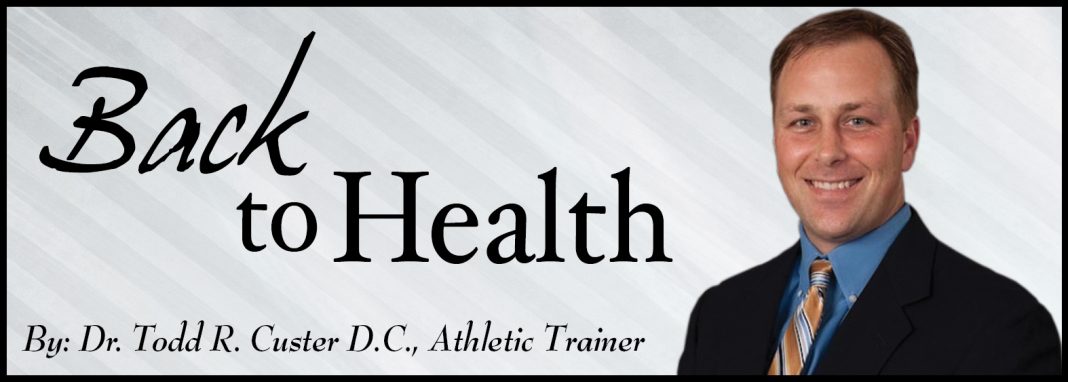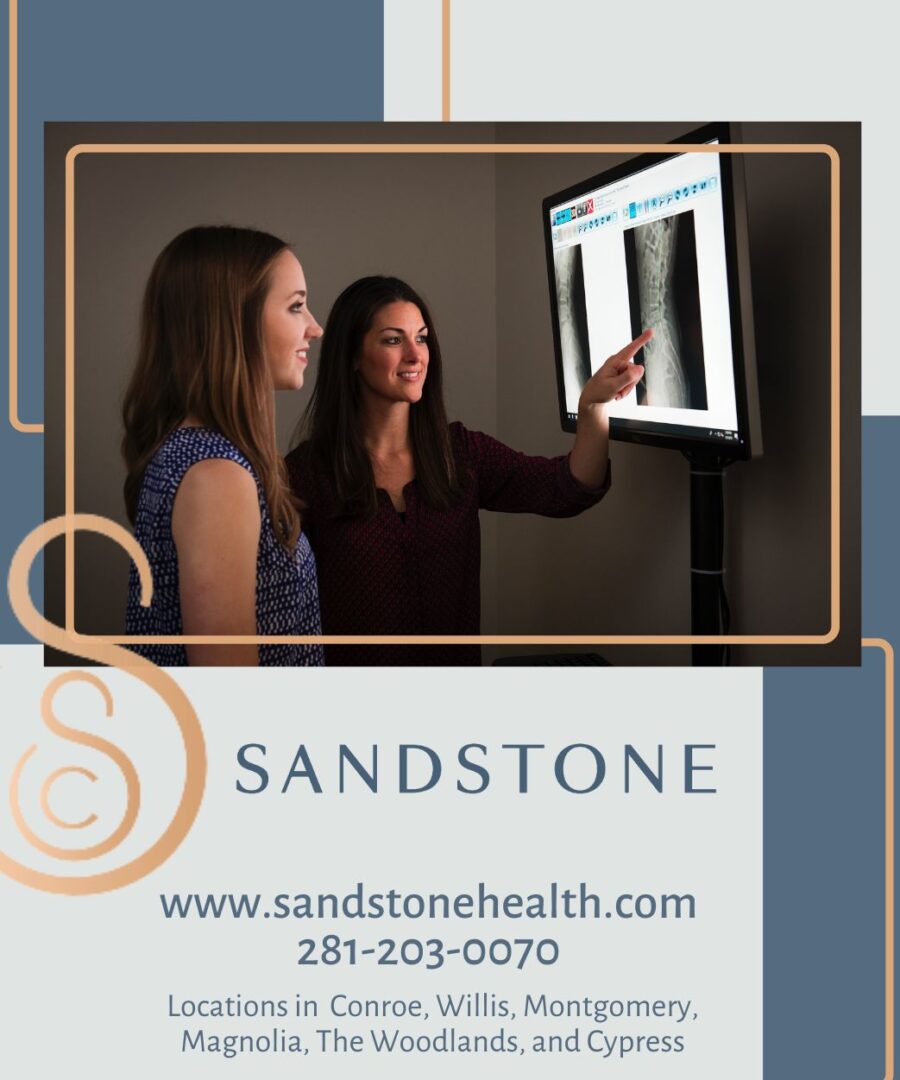What causes it?
Lateral Epicondylitis, the medical term for tennis elbow, is inflammation of the wrist extension muscles that attach to the elbow. It is a tendonitis condition of the elbow usually caused by repetitive extension of the wrist (bending the wrist backward to the knuckle side of the hand). As the name depicts, it is commonly seen with backhand tennis strokes, however, I also see this condition with repetitive lifting/carrying of a briefcase, purse or luggage. It can also be caused with excessive keyboarding duties.
What are the symptoms?
Tennis elbow, as with most tendonitis conditions, starts as pain during activity (extension of the wrist) and can progress toward a more constant pain, with or without activity. It is usually a generalized ache with sharp point tenderness to the outside of the elbow. Sharp twinges of pain occur with use of the extensor muscles. It is not uncommon for a moderate to severe case to produce a “squeaky gate” type feeling to the elbow known as crepitus. This is caused by inflammation and excessive deposition of scar tissue into the tendon, known as tendonosis. Yes, a case of chronic tendonitis will develop into a tendonosis that becomes much more difficult to treat.
How can I treat Tennis Elbow at home?
Step 1- Recognize the problem, don’t try to ignore the pain.
Step 2- Begin a course of over-the-counter anti-inflammatories (ibuprofen or naproxen) on a consistent basis (ibuprofen-400mg 3x’s/day for 2 wks or naproxen-200mg every 12 hours for 2 wks). Note- if you have any stomach, liver or kidney issues, please discuss the medications with your PCP (primary care physician).
Step 3- Avoid or significantly reduce the aggravating activities. When lifting something up, be sure to turn your palm up. (That will put the strain on the opposite side of the forearm). For you hardheaded tennis players, limit your backhands and reduce the stroke intensity to 50% for the 2-week timeframe! Better to limit for 2 weeks than to hamper your play for 2 years!
Step 4- Stretch the wrist extensors as demonstrated in the attached picture. As with any stretching, it should be done 5-6x-s per day with each stretch being held for 10 seconds-each session should last 3-4 mins.
Step 5- Contrast Ice-Heat-Ice-Heat-Ice applications to the lateral elbow changing every 3 minutes (a total of 15 mins.) a minimum of 3 times daily.
Step 6- Purchase a tennis elbow brace (like the one pictured below!)
What’s the next step beyond home care?
Step 1- If the condition is unresponsive to home care in a 4-6 week timeframe, consider a formal rehabilitation program that utilizes ultrasound application to the lateral epicondyle region with stretching, myofascial massage and gentle strengthening activities.
Step 2- If unresponsive to rehab, consultation with an orthopedic specialist could result in a steroid injection into the inflamed area.
Step 3- As a last resort, and I do mean last, in the presence of significant tendonosis, an orthopedic surgeon can surgically remove the tendon from its attachment and re-attach the tendon in a shortened position to reduce the elbow symptoms. This procedure results in a significant increase in pain for a 2-3 month timeframe and will likely not resolve for a 6-12 month timeframe.
Directions-Tennis Elbow Stretch
- Extend your affected arm in front of you, elbow straight with your palm down.
- Using the uninvolved hand, press the affected wrist downward and gently twist the wrist to turn the thumb in a downward direction (pronation).
- Hold this position for a minimum of 10 seconds and repeat for a 3-5 minute timeframe.
Dr. Custer is the chiropractor at Better Care Chiropractic. He is a doctor of chiropractic as well as a former certified Athletic Trainer with previous work duties working as the Gettysburg Area High School Head Trainer/Health Teacher, Philadelphia Eagles Football Club Seasonal Assistant Trainer, and athletic trainer for Bryn Mawr Sports Medicine Center. If you have questions/comments/suggestions, please feel free to contact Dr. Custer at [email protected]















